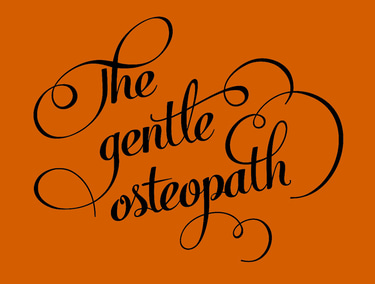
The two most common issues I have seen in the clinic around the elbow are Golfer's and Tennis elbow. In some cases, I have even found that the elbow pain is referred from the shoulder or the abdominal cavity.
Tennis elbow (Lateral epicondylitis)
The surprising thing is most of the people I have seen with tennis elbow don’t play tennis. Symptoms can arise because of repetitive tasks often requiring a tight grip such as driving in screws manually, using a mouse or even playing a musical instrument.
What you feel: Sharp pain and tenderness on the outside of the elbow, that comes on when you grip something tightly in your hand. As the condition gets worse, the pain will come on even when you grip objects lightly and may become too painful to hold a mug of coffee.
What is happening: The muscles used when gripping the hand are actually in your forearm with long tendons that run to the fingers. When the muscle in your forearm gets tight and you grip something with your hand it strains the muscle at the point where it attaches to the bone which causes pain.
How we might treat this. I might use soft tissue techniques to relax and loosen the muscle in your forearm, and checkalso the mechanics of the forearm to reduce the load on the muscle. I could also recommend stretches and or massage to help keep the muscle loose. Depending on the severity of pain, I may suggest ice or the use of a brace to ease the discomfort.
Golfer’s elbow (Medial epicondylitis)
Golfer’s elbow is very similar to tennis elbow except it affects the inside of the elbow. It is caused by a repetitive action of gripping with the fingers and the position of the wrist. It can occur in other sports involving throwing and pastimes like sowing.
What you feel: Sharp pain and tenderness on the inside of the elbow, which comes on when you grip something tightly in your hand. As the condition gets worse the pain will come on even when you grip lightly with the hand. You may even notice tingling in your fingers.
What is happening: The muscles used when gripping the hand are actually in your forearm, with long tendons that run to the fingers. When the muscle in your forearm gets tight and you grip something with your hand it strains the muscle at the point where it attaches to the bone which causes pain. The tight muscle in the forearm may compress nerves in the forearm causing you to feel tingling in your fingers.
How we might treat this. We would use soft tissue techniques to relax and loosen the muscle in your forearm. Check the mechanics of the forearm to reduce the load on the muscle. Possibly recommend stretches and or massage to help keep the muscle loose. Depending on the severity may suggest ice or the use of a brace to ease the discomfort.
